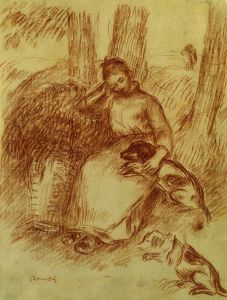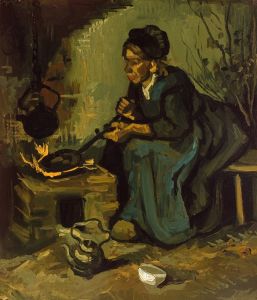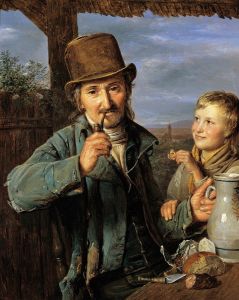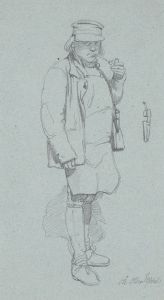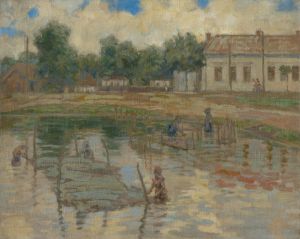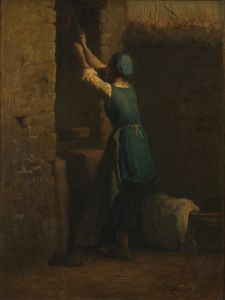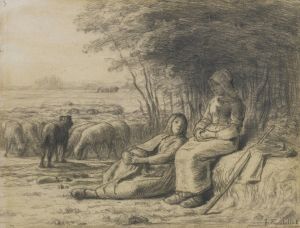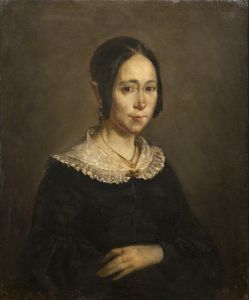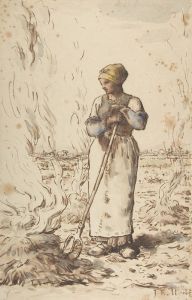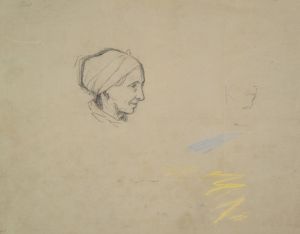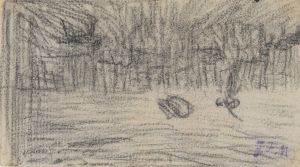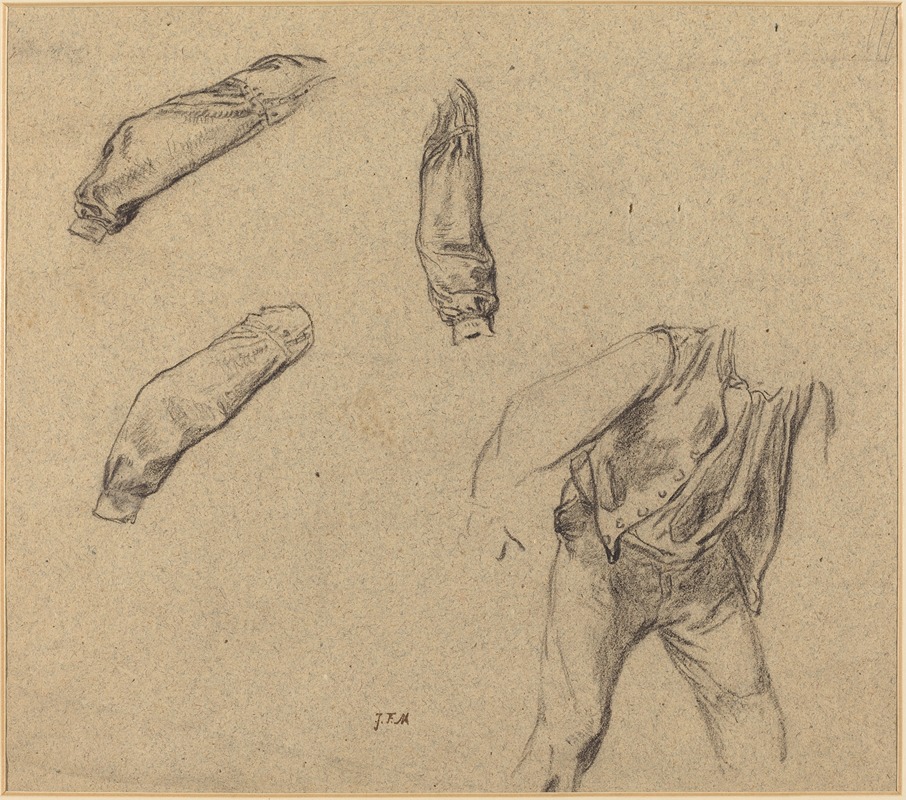
Costume Studies
A hand-painted replica of Jean-François Millet’s masterpiece Costume Studies, meticulously crafted by professional artists to capture the true essence of the original. Each piece is created with museum-quality canvas and rare mineral pigments, carefully painted by experienced artists with delicate brushstrokes and rich, layered colors to perfectly recreate the texture of the original artwork. Unlike machine-printed reproductions, this hand-painted version brings the painting to life, infused with the artist’s emotions and skill in every stroke. Whether for personal collection or home decoration, it instantly elevates the artistic atmosphere of any space.
Jean-François Millet, a prominent French painter and one of the founders of the Barbizon school, is widely recognized for his depictions of rural life and peasant labor. Among his works, "Costume Studies" is a lesser-known piece that reflects his interest in the human figure and clothing as part of his artistic exploration. This artwork is not a finished painting but rather a study, likely created as part of Millet's preparatory process for larger compositions or as an independent exercise in observing and rendering the details of attire.
"Costume Studies" consists of detailed sketches focusing on the clothing and posture of individuals, showcasing Millet's meticulous attention to the textures, folds, and forms of garments. Such studies were common among 19th-century artists, who often used them to refine their understanding of anatomy, movement, and the interaction between fabric and the human body. Millet's approach to these studies reflects his broader artistic philosophy, which emphasized the dignity and realism of everyday life, particularly that of the rural working class.
The exact date of "Costume Studies" is not definitively documented, but it is consistent with Millet's practice during the mid-19th century, a period when he was actively producing works that celebrated the lives of peasants and laborers. This study may have informed elements of his more famous paintings, such as "The Gleaners" (1857) or "The Angelus" (1859), which similarly highlight the simplicity and resilience of rural existence.
Millet's use of costume studies underscores his commitment to authenticity in his representations. By carefully observing and sketching the clothing of his subjects, he was able to convey not only their physical appearance but also their social and economic conditions. This attention to detail contributed to the emotional depth and realism that characterize his work.
As with many preparatory studies, "Costume Studies" is valued for its insight into Millet's artistic process rather than as a standalone masterpiece. It provides a glimpse into the methods and techniques he employed to achieve the lifelike quality of his finished works. Today, such studies are appreciated for their role in the broader context of an artist's oeuvre and for the technical skill they demonstrate.
Further details about the specific individuals or garments depicted in "Costume Studies" are not available, as the work primarily serves as an observational exercise rather than a narrative piece. It remains an example of Millet's dedication to his craft and his ability to find beauty and significance in the ordinary aspects of life.






